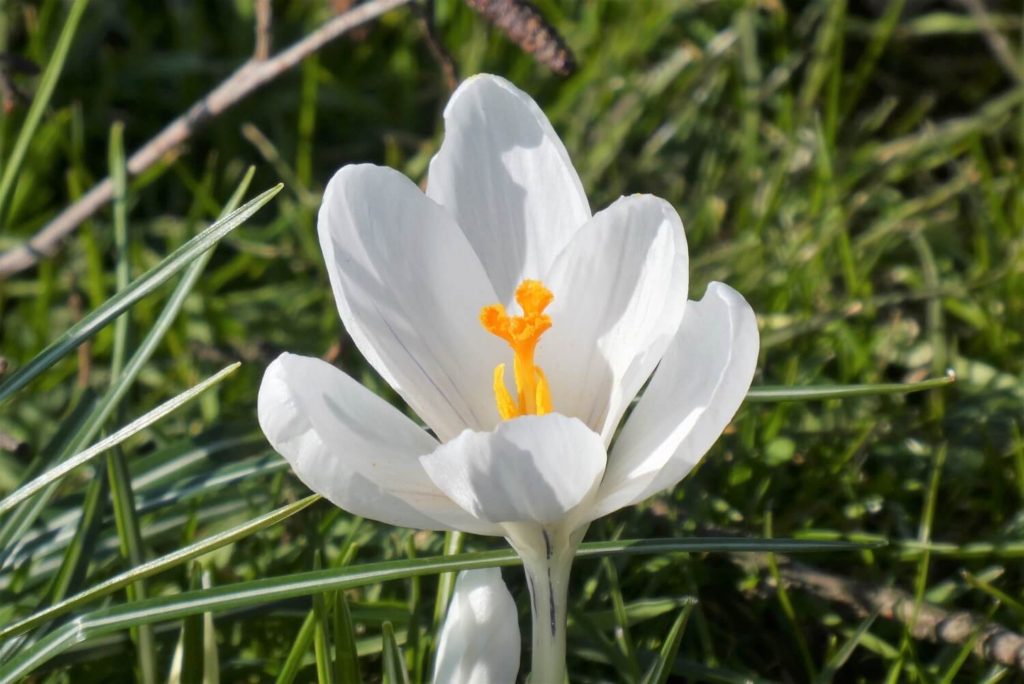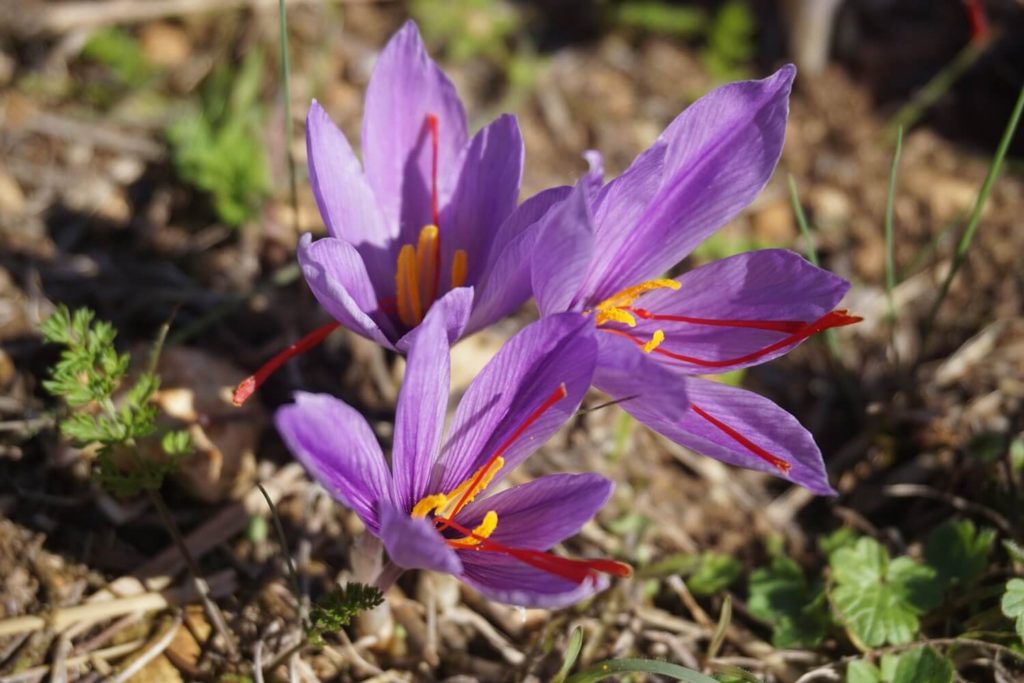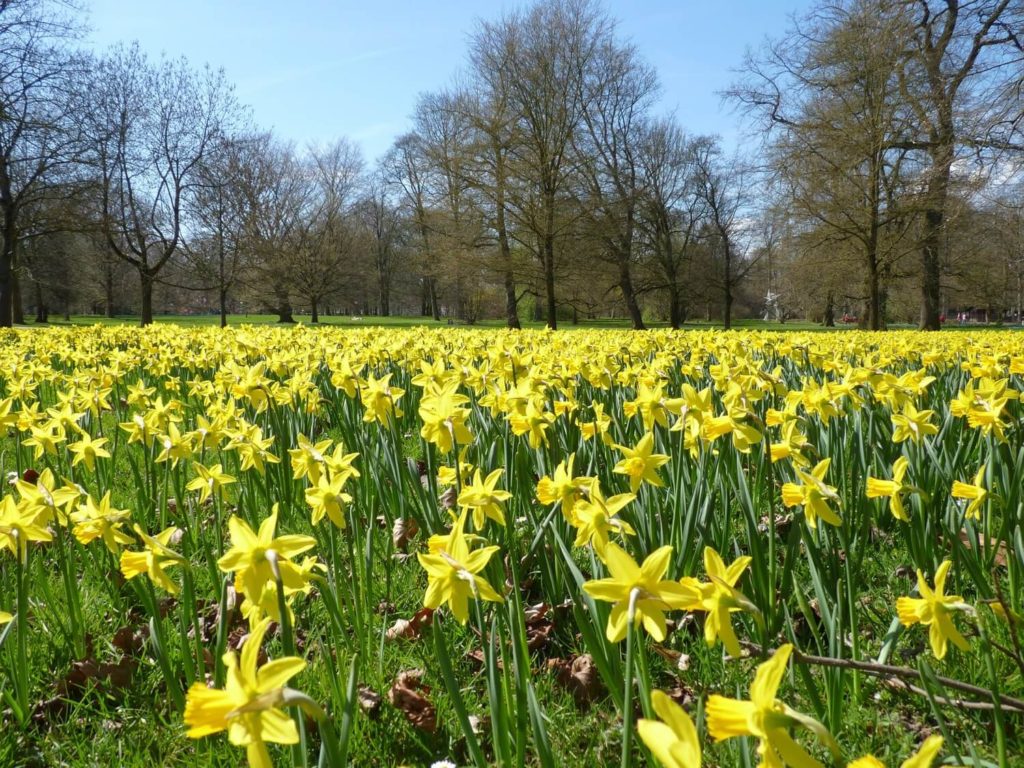


過了一年,再次感受春季才明白 Rudolf Steiner 曾經說過的一段話,他說過春天的花和秋天的花會給人的感覺會有很大分別,正正是人們心靈的寫照
在春天,黃水仙 (daffodils) 和番紅花 (crocus) 通常是在雪後最早開花的植物,春天的花那種感覺是十分純潔的。不過,如果是用來做香料的番紅花 (saffron),是秋季開花的 Autumn crocus,多了兩條紅色花蕊,感覺便完全不同了,像含有不少世俗的慾望,大家可以看圖比較一下呢,以前只看文字是不容易理解的
On the other hand let us look at the blossom. When we observe the blossom with the eye of the spirit we only experience it as our own soul, when it cherishes the tenderest desires. Only look at a spring flower; it is a sigh of longing, the embodiment of a wish. And something wonderful streams forth over the flower world which surrounds us, if only our soul-perception is delicate enough to be open to it. In spring we see the violet, maybe the daffodil, the lily-of-the-valley, or many little plants with yellow flowers, and we are seized by the feeling that these blossoming plants of spring would say to us: O Man, how pure and innocent can be the desires which you direct towards the spiritual! Spiritual desire-nature, desire-nature bathed, as it were, in piety, breathes from every blossom of spring. And when the later flowers appear — let us at once take the other extreme, let us take the autumn crocus — can one behold the autumn crocus with soul-perception without having a slight feeling of shame? Does it not warn us that our desires can tend downwards, that our desires can be imbued with every kind of impurity? It is as though the autumn crocuses spoke to us from all sides, as if they would continually whisper to its: Consider the world of thy desires, O Man; how easily you can become a sinner! Looked at thus, the plant-world is the mirror of human conscience in external nature. Nothing more poetical can be imagined than the thought of this voice of conscience coming forth from some point within us and being distributed over the myriad forms of the blossoming plants which speak to the soul, during the season of the year, in the most manifold ways. The plant-world reveals itself as the wide-spread mirror of conscience if we know how to look at it aright.
